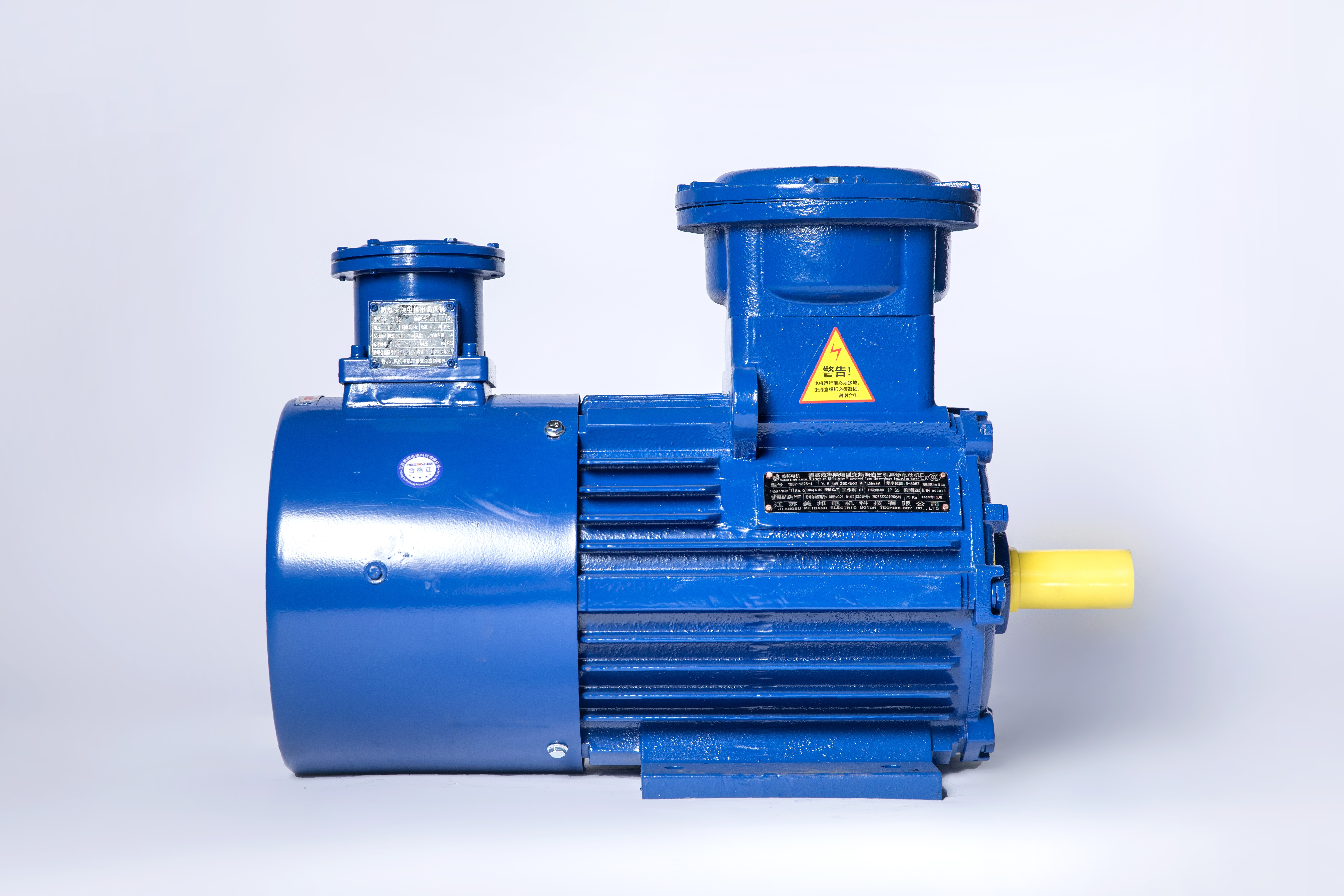The Basics of Synchronous Motors

Magnetic Slip
Unlike synchronous AC motors, induction AC motors have magnetic slip. This means that the relative speed between the stator rotating magnetic flux and rotor will lag magnetically. To prevent this slip, synchronous rotors have field coils with a stationary magnetic pole on each of the subsequent poles determined by the design/speed in which it was manufactured. This setup causes each magnetic pole on the rotor to stay “in sync” with the rotational magnetic field produced by the stator windings.
Older synchronous motors were designed with slip rings and were induced by an external source, typically an onboard DC generator feeding DC voltage directly to the slip rings to energize the rotating field coils on the synchronous rotor. Today, most synchronous motors are equipped with a diode wheel, which converts DC voltage from an onboard AC generator placed on the main shaft of the rotor, which can be self-excited or brushless. The starting technics are completed through electronic starting components external to the motor and synchronized to start the motor in its application.
Power Factor & Amortisseur Windings
It’s important to know that it is possible for synchronous motors to run in a lagging or leading power factor. Under-excitation of the rotating field will cause a lagging power factor. The air gap flux is not sufficient at this point. Conversely, too much excitation can cause a leading power factor. In this case, the air gap flux is over the normal excitation needed to keep the motor within the power factor.
The rotor for a synchronous motor is designed to have Amortisseur Windings (AW) in order to help dampen transient oscillations due to load fluctuations. These types of windings are inserted into the top outer edge of the field coil iron. The amortisseur windings also aid the rotor during start-up while the motor is unloaded, such as in a compressor application.
While energizing the stator windings, the AW acts as an induction winding on the rotor to help rotate the rotor and get it up to speed before the main field coils are energized with DC voltage to synchronize the speed with the stator windings. Once synchronized, the load may then be applied to the motor. When the motor reaches synchronous speed, the AW will not carry current since there is no slip. However, any deviation from synchronous speed will create slip and induce a current in the AW and dampen torque. This will reduce the magnitude of the transient oscillations while the rotor is spinning.

Applications
Synchronous motors are a great option when constant and precise speed is required. Common applications include ball mills, compressors, fans, and much more.
